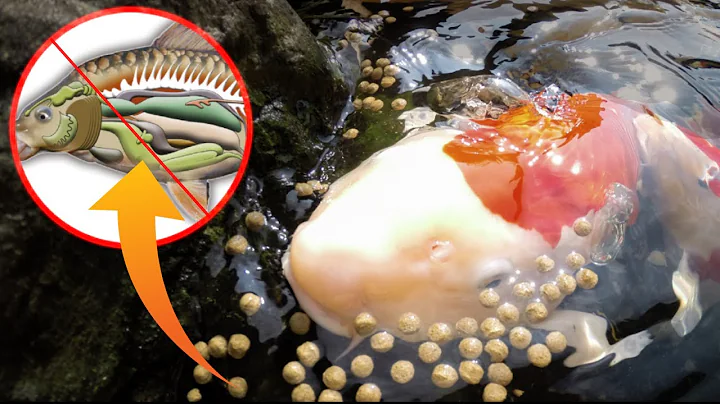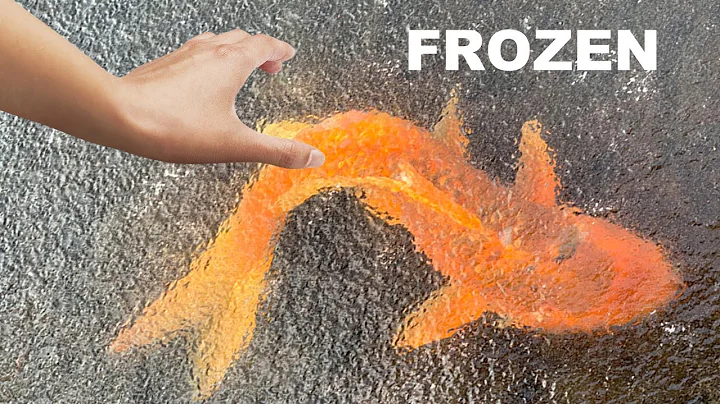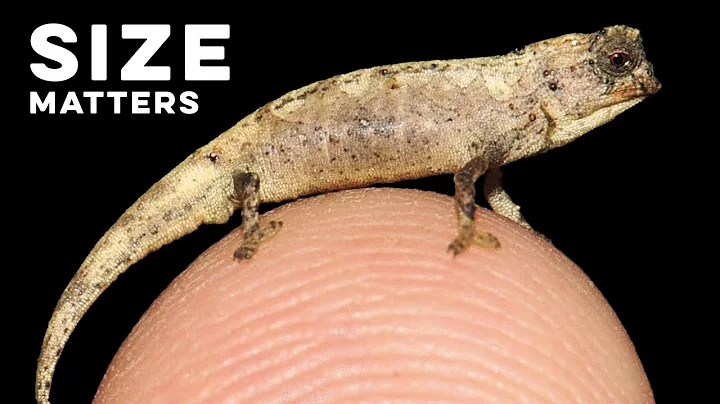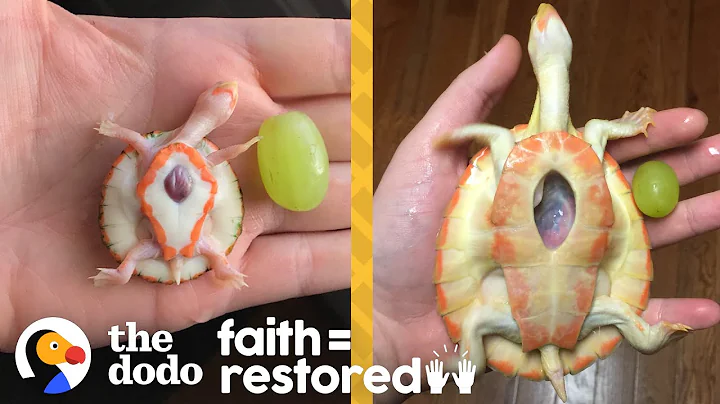has safely passed through the long cold winter, and finally slowly transitioned from spring to the golden period of koi growth - summer.
As the temperature rises, the daily vitality of koi also increases rapidly, the metabolism speeds up, and the amount of feeding also increases. Koi feces and food residues and photosynthesis algae harmful bacteria multiply in large numbers. At this time How to maintain healthy water quality in fish ponds has become the most difficult problem.
In addition to how to build a powerful filtration system, water change is a topic that has been discussed frequently recently. Today we are going to talk about a commonplace topic and discuss how to change the water in a koi fish pond?


The leftover feed residue, excrement, and external sedimentation that Koi eats every day may cause the deterioration of the water quality of Koi. At the same time, the urine of Koi also contains ammonia as the main component. As we all know, ammonia in water is harmful to Koi are very harmful, and changing the water is one of the measures to reduce the ammonia content in the water and keep the water clear and healthy. Many people's ideas are correct, but if you do it, please punish yourself with three cups of wine. Why? Read on to see if you are doing this ~

1. Partial water change
Newbies to fish farming will encounter rising temperatures, green moss green algae filling the pond, and koi feces and residual bait that cannot be decomposed or filtered out, resulting in turbid water. Qingshi's first reaction is probably to take out the fish, drain the water, wash the pond, and then drain it again! First of all, I commend you for your diligence, but if you change the water and wash the pool, you find that the water becomes turbid again soon, and then rinse the pool and change the water. Within half a month, the water becomes turbid again, and then change it again... There may even be koi sneaking around during this period. You left... At this time, you are exhausted both mentally and physically. What is the problem?

First of all, in the hot summer, if the water in the fish pond has been changed for a few days, the water quickly turns green and the water quality is still clean, in order to prevent the koi carp from burning its tail, a partial water change method can be used instead of a complete water change. water! ! !
Fish out all the koi from the fish pond, and then turn the water in the fish pond into a spiral shape. After it has stopped, use a plastic rubber tube to suck out one-third to one-half of the dirt and old water in the center of the fish pond, then inject isothermal and equal amounts of new water, and then put the koi into the fish pond to raise.

If the water in the fish pond has been changed recently and the water color is still good, but the koi has a floating head due to too much feeding that day, emergency measures must be taken. The water change method is the same as above.
If it is a large fish pond, there is no need to fish out the koi. You only need to use a folding net to surround the fish, and then use a fishing net to gently rotate the water in the pond for tens of seconds. After the water is still for a while, Open the drainage gate and slowly release the water or use a straw to suck out the feces and old water in the center of the fish pond, or use a fishing net to remove excess fish and insects from the center, and then release one-quarter to one-half of the old water. Finally, inject the same amount of new water at the same temperature. This method is commonly used in fish farms or family fish ponds as a first aid method when too much food is added.

2. Complete water change
This kind of water change is often combined with turning over the pond to select juvenile or adult fish. It is often used when the water quality is seriously deteriorated or the moss is too long and the fish are too dense. There are specifically the following two methods.
. In the absence of a free pool, we had to fish all the koi into cages and place them in the water of a neighboring pond for temporary cultivation, and add oxygenating heads to the cages to increase oxygen. Then, brush off the moss on the wall of the original pond, rinse it thoroughly, and then re-inject new isothermal water that removes chlorine, let it sit for a while, and then fish the fish into the original fish pond.
. If there is a free pool, just fish all the koi into the basin or cage, select and handle them separately, and then move the koi into the new water after the water temperature of the pool is equal, regardless of the pool. Raised inside. Special attention should be paid to the water temperature in this water change method, and it is best to do it before 9 o'clock in the morning on a sunny day. However, this method is generally only suitable for adult fish or larger juvenile fish, and should not be used for larvae .
If conditions permit, it is best to fill the spare fish pond with water before completely changing the water, and then fish the fish directly into the spare fish pond. In this way, the water temperature changes little, the fish can easily adapt to the new environment, and the fish can avoid the pain of squeezing in the basin or cage.
In summer weather when the water temperature is as high as 28℃ or above, the water color is extremely thick, and the water quality is easily turbid, the water should be completely changed once every 5-7 days. If your fish pond already has a powerful filtration system (such as the Oris Intelligent Fish Pond Filtration System), then you can ignore this step and just enjoy raising fish easily and enjoy it!
Secondly, when changing the water, did you pay attention to the control of temperature, chlorine content, pH?
First, the temperature of the new water is best 1-3 ℃ higher than the temperature of the original pool water. Do not add a large amount of cold water, because the sudden drop in water temperature will cause a lot of trouble.
Second, chlorine removal is very important when changing water. Therefore, the water can be exposed to the sun for 2-3 days. Appropriate use of water quality stabilizer is also a good way to remove chlorine.
Third, the change in pH value every time you change the water should be less than 0.3. Otherwise, if the pH value changes too much, it will cause an acid-base imbalance and metabolic disorder in the fish's blood.
For most ornamental fish, this is especially true for koi. If the temperature difference between changing the water exceeds 3°C, the probability of the fish getting sick exceeds 30%. If the temperature difference caused by changing the water exceeds 10°C, the probability of getting sick is 99%. , or even turn it over directly.
In order to avoid such a tragedy from happening again, the editor recommends changing the water as follows: a small amount and many times. Dry the water and measure its temperature in advance to make the water temperature consistent with the main pool before pouring it into the main pool. Do not change more than 20% of the water in a single time, and remember not to use fresh tap water. In winter, the water is cold. Before changing the water, remember to use the heating rod to heat up the water in the sun pool.
When raising ornamental fish at home, the fish pond must be equipped with a water quality circulation filtration system. Generally, it is turned on 24 hours a day to keep the water quality clear and healthy. In seasons when the water temperature is suitable, the method of mixing water can also be used to maintain the stability of the water quality, keep the water quality fresh, and at the same time achieve the purpose of stimulating the appetite of fish.
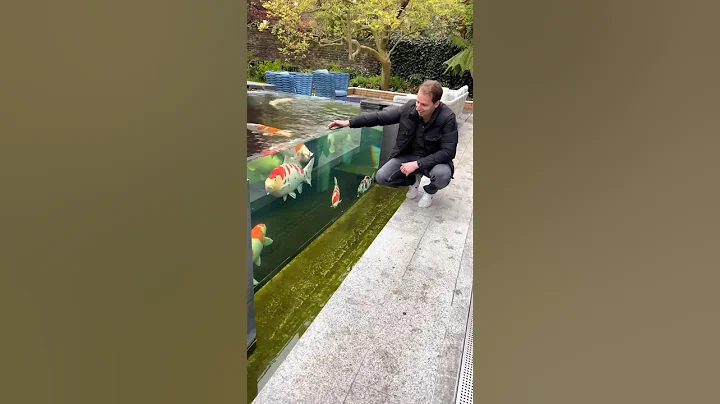

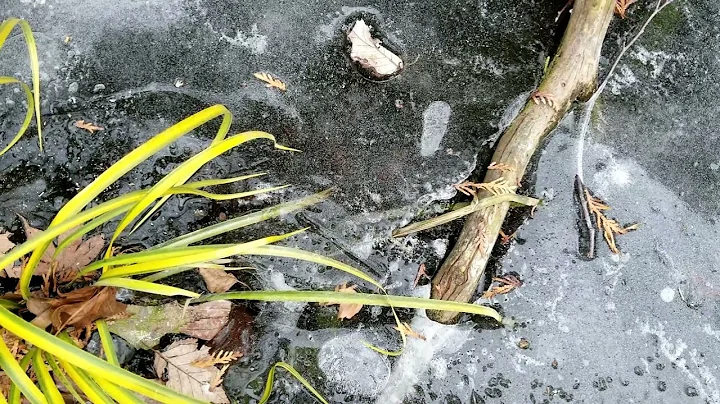

![GROWING KOI BIG | 11 factors that influence Koi Growth [GROWTH GUIDE] - DayDayNews](https://i.ytimg.com/vi/6WZ7mPfUDMg/hq720.jpg?sqp=-oaymwEcCNAFEJQDSFXyq4qpAw4IARUAAIhCGAFwAcABBg==&rs=AOn4CLDXK9jXzP8d1O-FGOvltpDOY_jQ3A)


